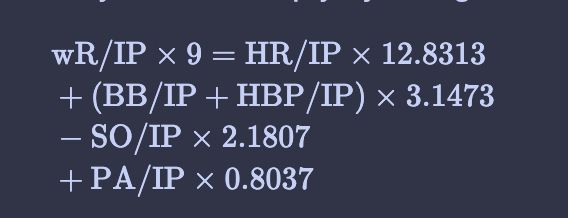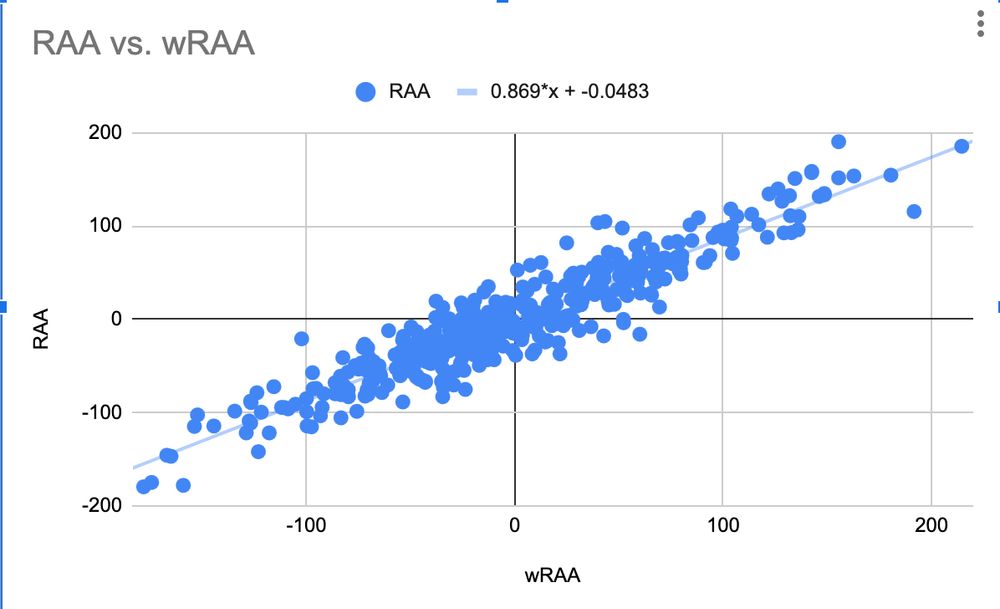Jason
@jasoner.net
48 followers
360 following
34 posts
Cubs fan. Trying to make a sabermetrics blog, blog.jasoner.net
Posts
Media
Videos
Starter Packs
Jason
@jasoner.net
· 25d
Jason
@jasoner.net
· 25d
Jason
@jasoner.net
· Aug 21
Jason
@jasoner.net
· Jul 22
Jason
@jasoner.net
· Jul 11
Jason
@jasoner.net
· Jun 26
Jason
@jasoner.net
· May 31
Jason
@jasoner.net
· May 31
Jason
@jasoner.net
· May 31
Jason
@jasoner.net
· May 31
Jason
@jasoner.net
· May 31
Jason
@jasoner.net
· May 30
Jason
@jasoner.net
· May 30












